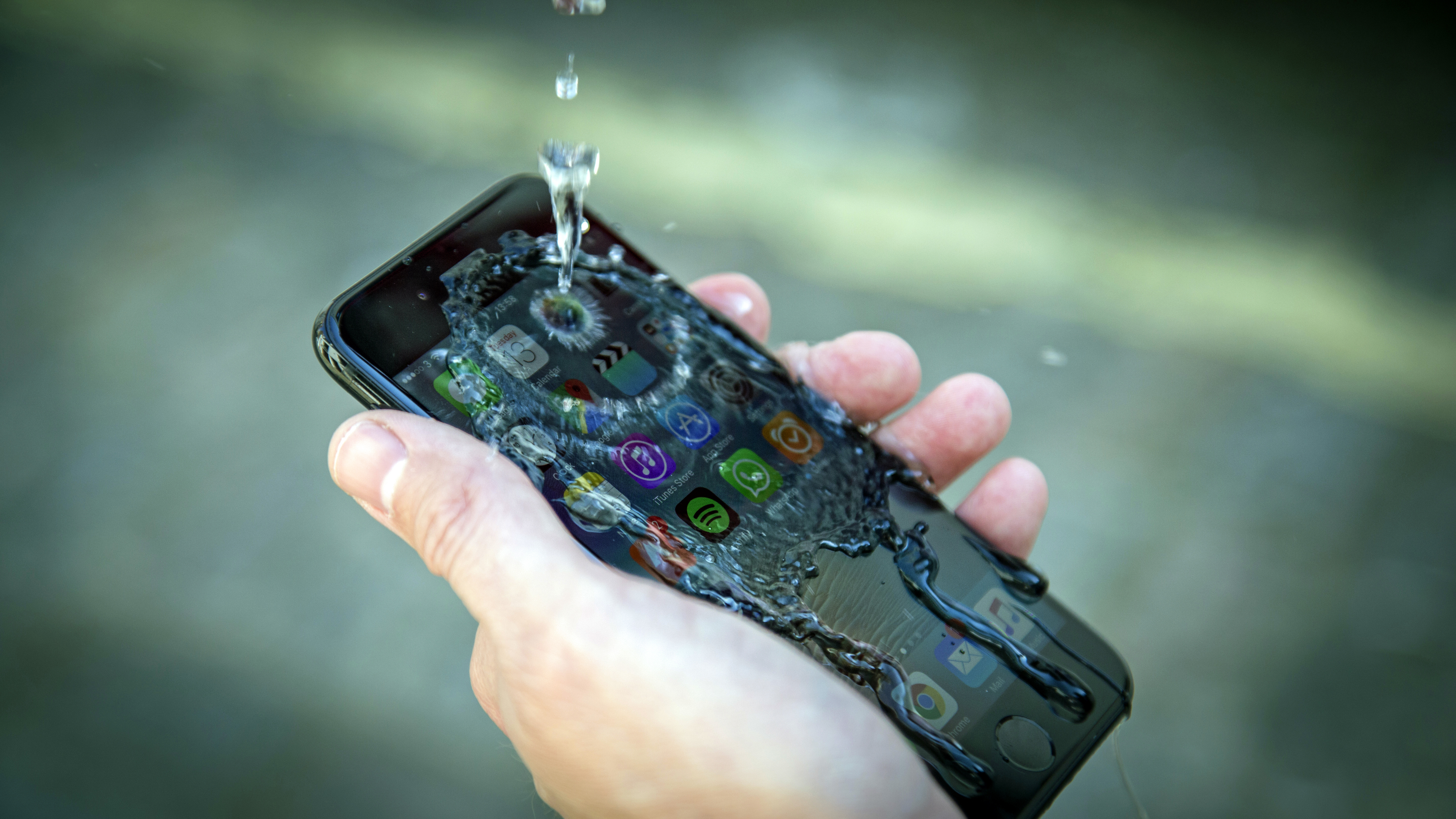Why you can trust TechRadar
Camera
- New color capture does work well
- Low light performance now excellent
- 12MP resolution is still perfectly fine for smartphone snaps
Before we get onto the actual camera performance, let's look at the specs that Apple is promising with the new camera: a 12MP lens, an improved f/1.8 aperture sensor for better lower light photos, an enhanced ability to gather color and light into the lens, and a dedicated image processing chip to speed things along when taking multiple snaps.
Oh, and the front-facing camera has been upgraded too, to a 7MP option when you're taking pictures of yourself – and that's meant to be better in lower light too, to make sure you get the right pictures when you're out for dinner at a candlelit restaurant or getting down in da clubz.
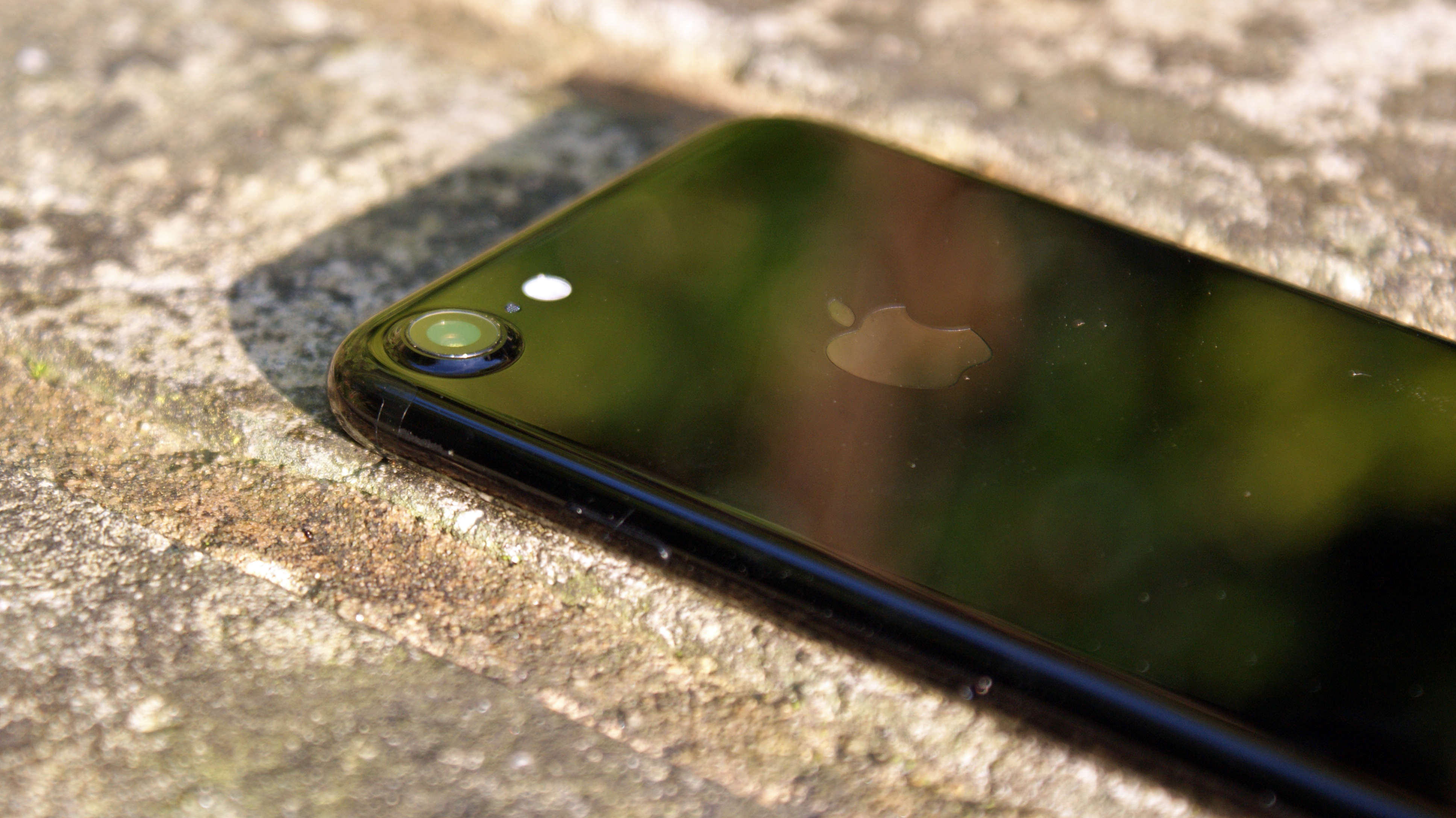
It's a real shame that Apple didn't decide to include the dual-camera array that it's added to the iPhone 7 Plus here too – it would have been a killer feature, and just the kind of upgrade many are looking for to help convince themselves the new iPhone is the one to go for.
But, it's not here so… how does the iPhone 7's camera bear up in real-world usage? About as well as you'd expect, with Apple making a few small steps forward in a number of areas, rather than making a colossal stride forward in picture quality.
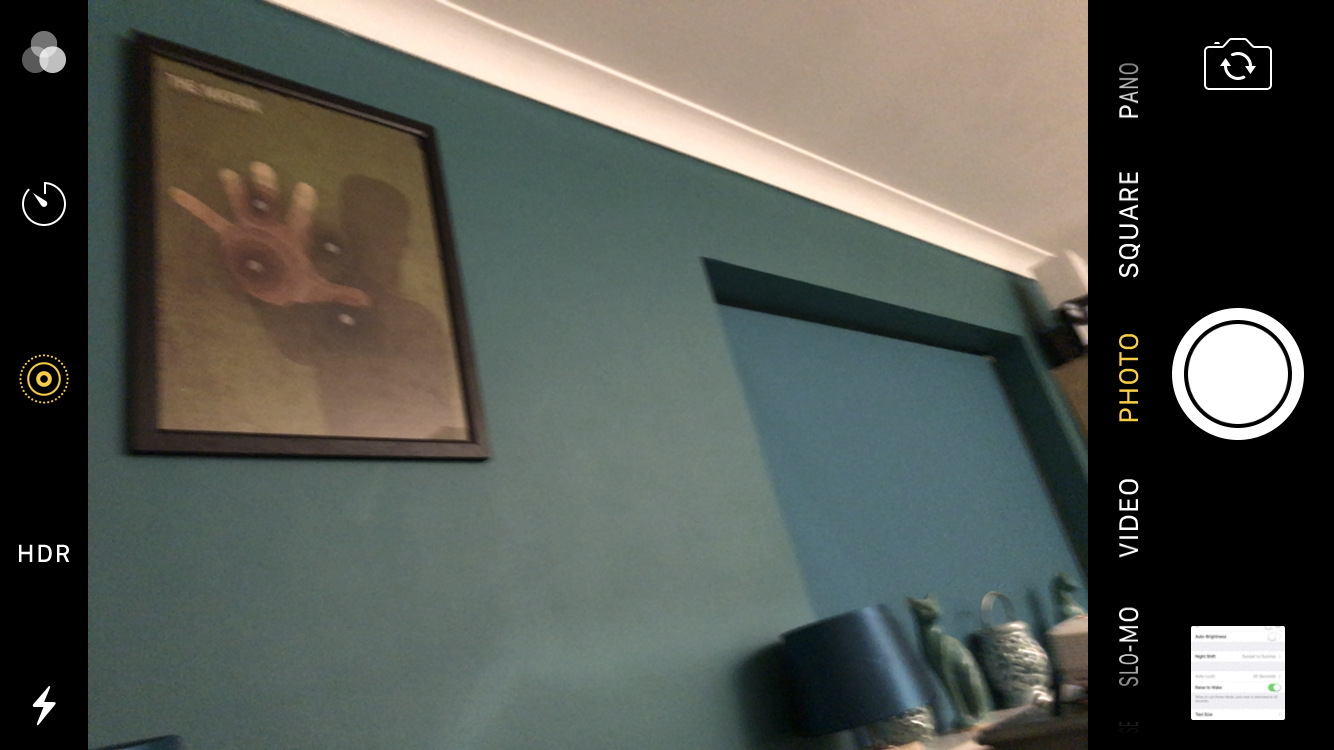
One thing that Apple has always done is favor the more natural image when taking a picture, meaning you won't get a heavily saturated picture. Instead, colors will be more muted but true-to-life – if that's the kind of thing you want, then this phone will service your needs well.
That does mean that when taking lower-light shots you'll see a bit more noise, as smoothing the image doesn't seem to happen as readily on the iPhone 7 as other models.
In terms of darker shots that's probably where the iPhone 7 has improved the most – check out the pictures of the rabbit in the dark on the next page to see how much things have come on since the iPhone 6S.
We took the two phones out for a little test (the iPhone 7 and the iPhone 6S) and, lo and behold, every photo was a little bit better.
The colors were nice, the brightness better, the sharpness the same but also looking better thanks to the new color-capture ability.
This is in addition to the usual range of impressive tweaks on an iPhone: the ability to switch on HDR mode, Live Photos, the flash and a few other smaller settings.
However, the improvements seem pretty minimal overall (the low light excepted), meaning that if you're after an iPhone with a decent camera you can probably just buy the iPhone 6S and get the same amount of joy from it, and save some cash into the bargain.
Apple should be applauded for its stance on photography – the idea of keeping it pure and simple and not confusing things with pro modes rammed down your throat the moment you turn on the camera.
It would be nice if the inbuilt camera app had some more settings you could tweak, but there are multiple apps out there to do such things for you – so if you do buy the iPhone and want to improve the camera experience, it's totally possible.
Camera samples
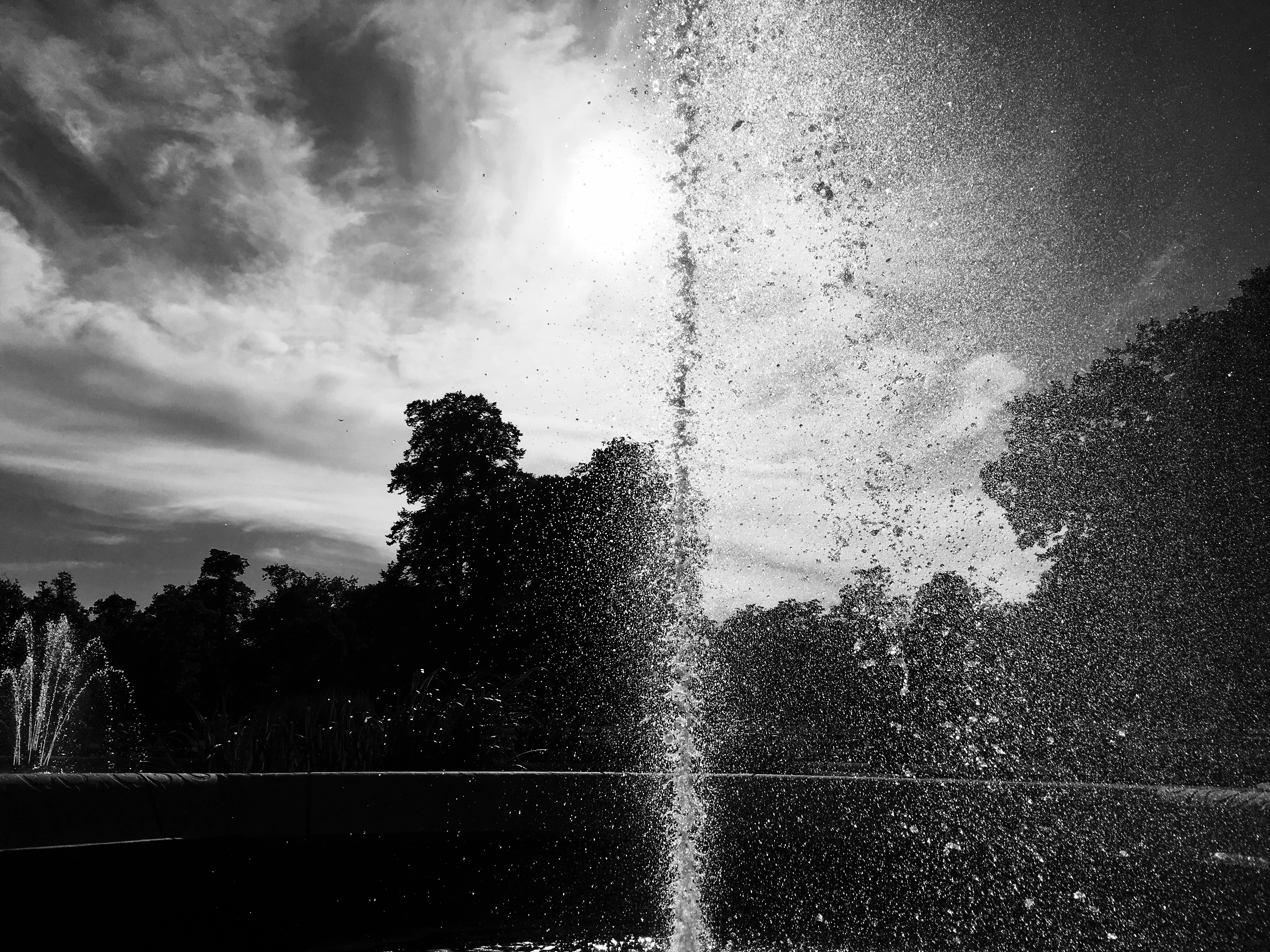
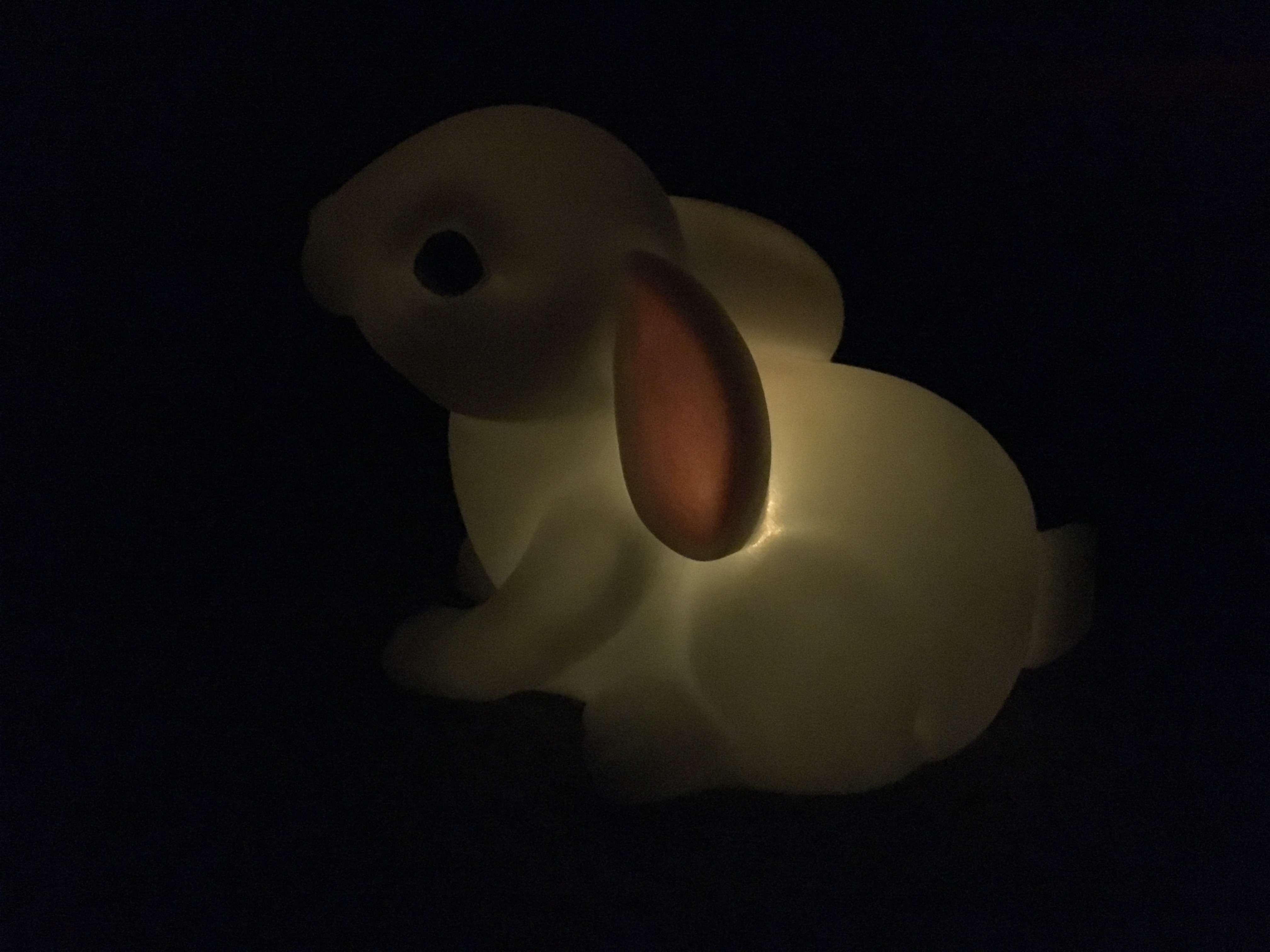
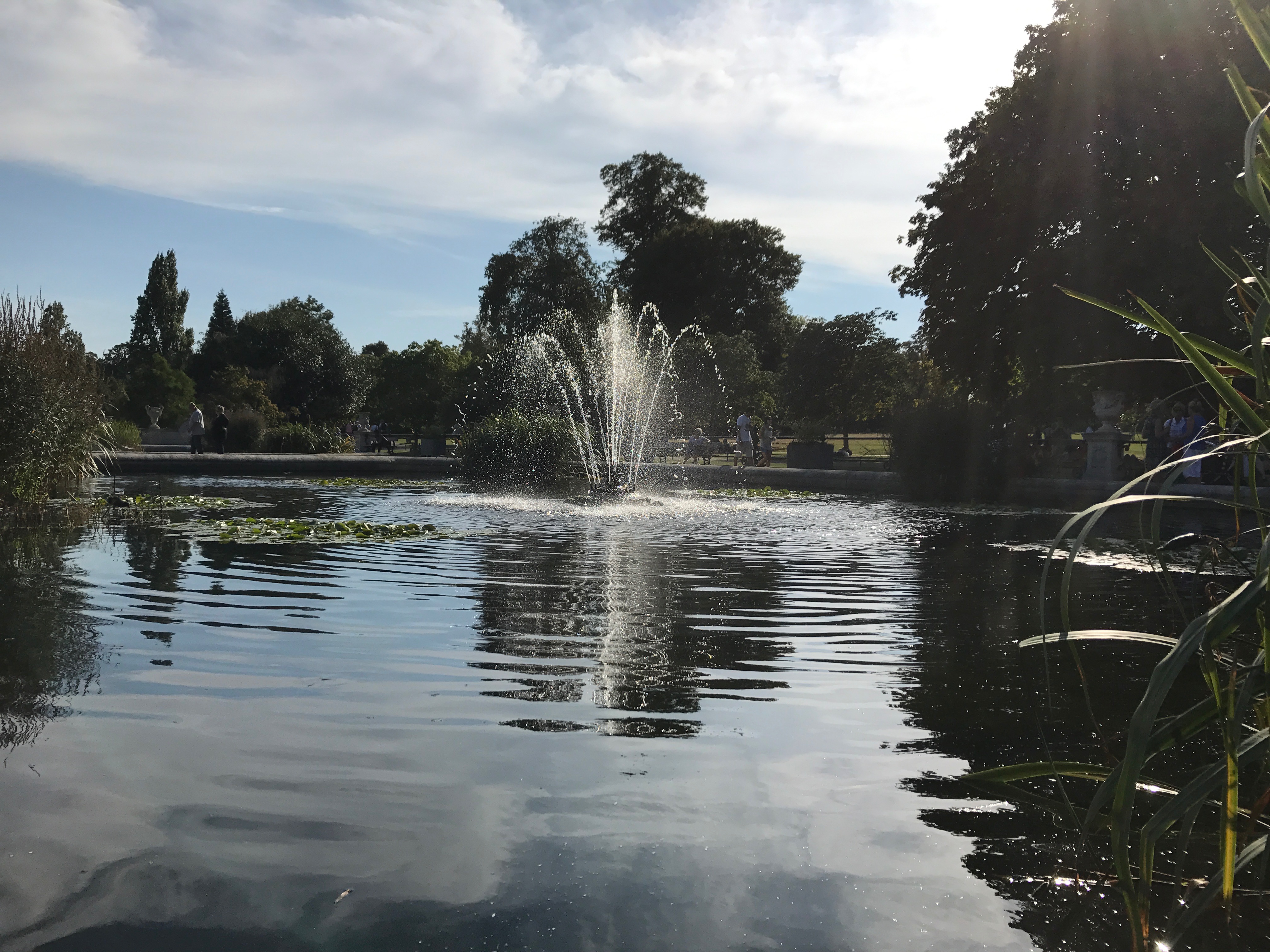



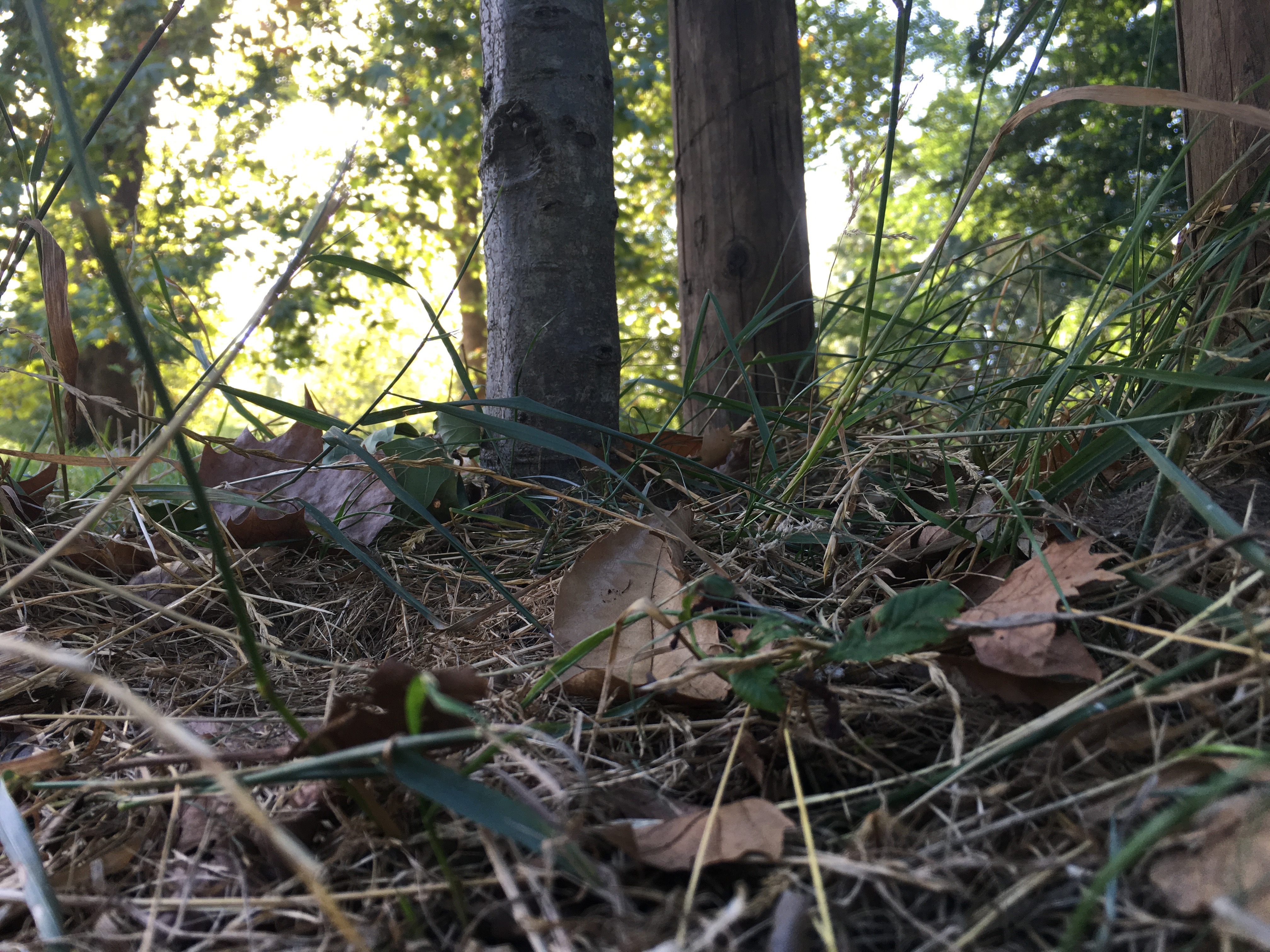
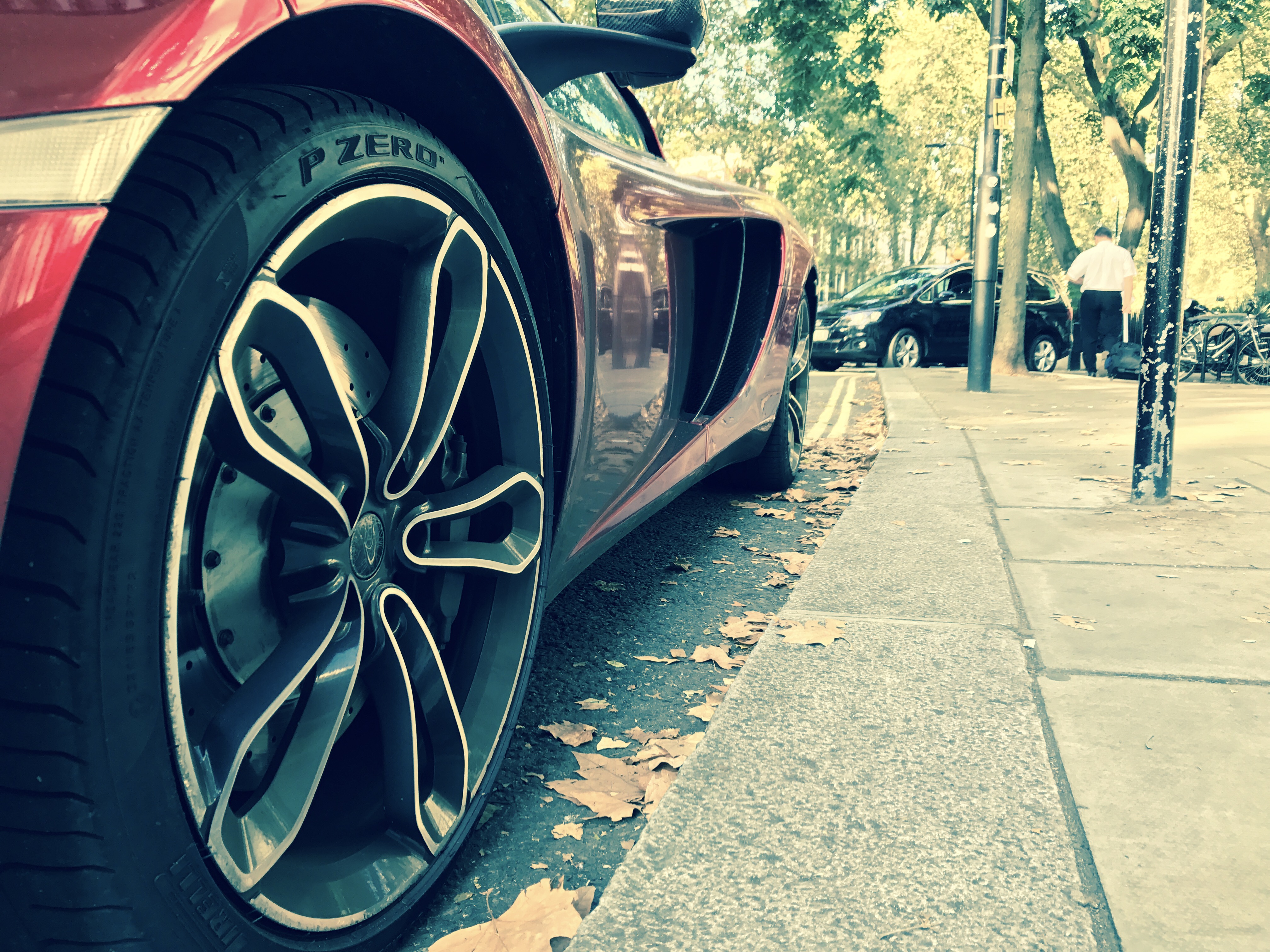

Gareth has been part of the consumer technology world in a career spanning three decades. He started life as a staff writer on the fledgling TechRadar, and has grew with the site (primarily as phones, tablets and wearables editor) until becoming Global Editor in Chief in 2018. Gareth has written over 4,000 articles for TechRadar, has contributed expert insight to a number of other publications, chaired panels on zeitgeist technologies, presented at the Gadget Show Live as well as representing the brand on TV and radio for multiple channels including Sky, BBC, ITV and Al-Jazeera. Passionate about fitness, he can bore anyone rigid about stress management, sleep tracking, heart rate variance as well as bemoaning something about the latest iPhone, Galaxy or OLED TV.
